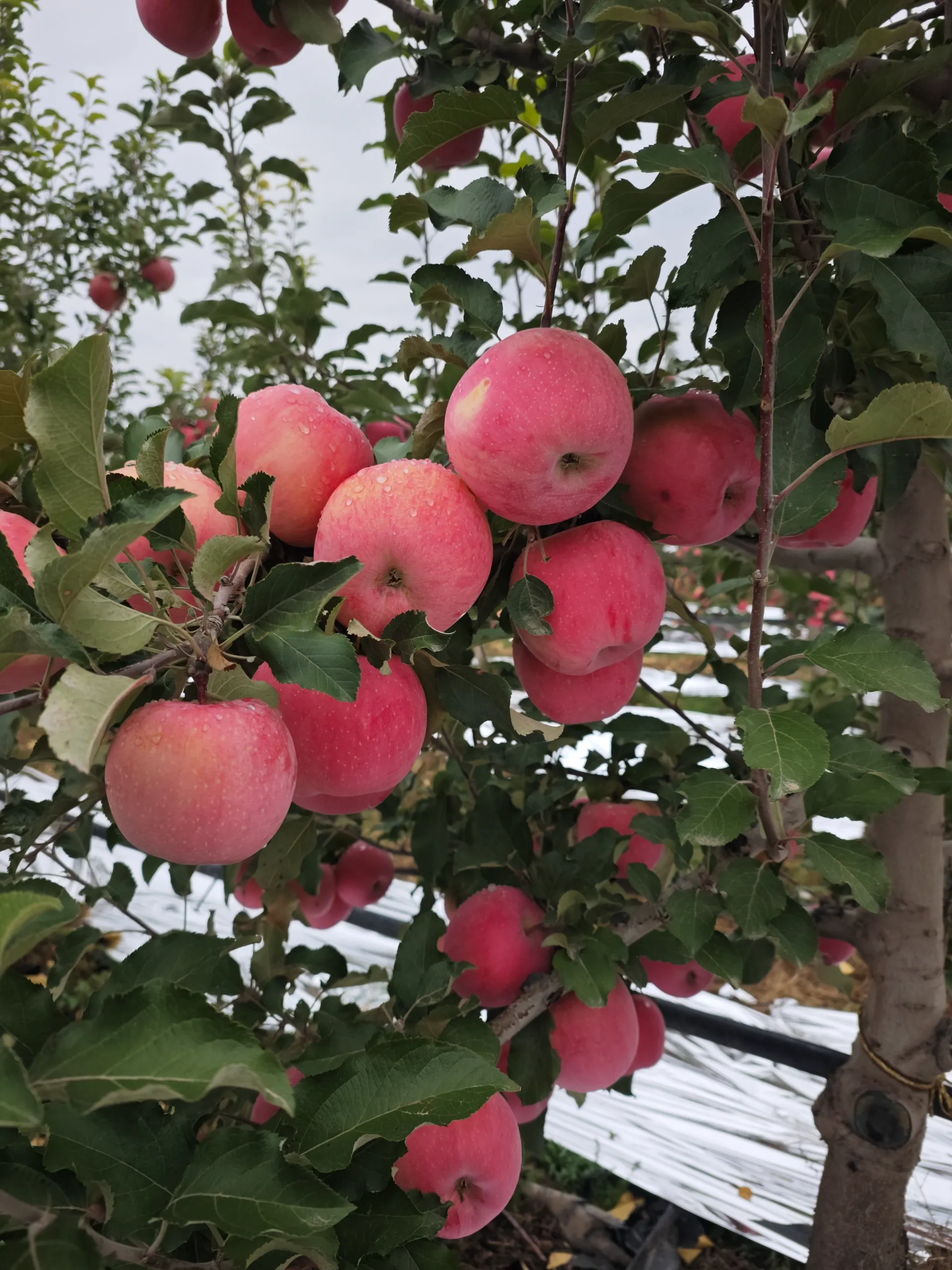ਦਸੰ. . 04, 2024 10:42 ਸੂਚੀ 'ਤੇ ਵਾਪਸ ਜਾਓ
The Science of Pollen: How It Powers Plant Reproduction
Pollen is an essential component of the plant reproduction process, playing a crucial role in ensuring the continuation of plant species. Whether you are admiring the vibrant flowers of a garden or enjoying the fruits of a tree, pollen is the unseen force behind the growth and reproduction of many plants. Understanding how pollen functions helps explain its vital role in ecosystems and agriculture.

What Is Pollen?
Pollen block is a fine powder produced by the male reproductive organs of seed plants, such as flowers and conifers. It contains microscopic cells that carry male genetic material, or sperm cells, which are needed to fertilize the female ovules of plants. Pollen is created in the anthers of flowers or male cones of conifers, and it’s transported to the female reproductive parts of a plant, usually through various pollination mechanisms.
The Role of Pollen in Plant Reproduction
Pollen serves as the vehicle for transferring male genetic material to the female parts of a plant. In most plants, reproduction occurs when plant pollen from the male anther is carried to the female stigma (the receptive part of the pistil). This process is known as pollination. Pollination can occur through various means, such as wind, water, or most commonly, animals like bees, butterflies, and birds.
Once pollen reaches the stigma, a process called germination occurs. The pollen grain absorbs moisture and begins to grow a pollen tube. This tube extends down the style of the flower towards the ovary, carrying the sperm cells. When the pollen tube reaches the ovary, fertilization occurs, and the plant’s seeds develop. The fertilized ovules become seeds, which are dispersed to form new plants. Without the transfer of pollen, fertilization would not occur, and the plant would not be able to reproduce.
Pollination Mechanisms
While pollination is crucial for the plant's reproductive cycle, the method by which pollen is transferred from one plant to another varies widely among species. There are two primary types of pollination: self-pollination and cross-pollination.
In self-pollination, a plant can transfer its own pollen to its stigma, leading to fertilization without the involvement of external pollinators. This is common in some plants like peas or tomatoes. However, many plants rely on cross-pollination, where pollen from one plant is transferred to another. This is often facilitated by pollinators like insects, birds, or even wind.
Bees, for example, are particularly efficient at transferring pollen due to their fuzzy bodies, which collect pollen as they visit flowers in search of nectar. As they move from one flower to another, they carry pollen with them, ensuring the fertilization of plants that rely on cross-pollination. In some cases, plants even offer rewards in the form of nectar or fragrance to attract pollinators, enhancing the chances of successful fertilization.
The Importance of Pollen in Agriculture
Pollen plays a critical role in agriculture by enabling the production of fruits, seeds, and crops. Pollination, particularly cross-pollination, boosts genetic diversity and crop yields. For example, many fruits such as apples, berries, and almonds require cross-pollination to set fruit. Pollen transfer helps ensure a high-quality, bountiful harvest.
In agricultural settings, understanding the science of pollen and pollination is essential for improving crop productivity. For instance, farmers may strategically plant pollinator-friendly plants to attract insects or use managed beehives to boost pollination rates in orchards or fields. Without efficient pollination, crop yields would decrease, leading to food shortages and economic loss.
The Role of Pollen in Ecosystems
Beyond its importance in agriculture, pollen is a vital component of natural ecosystems. Pollen contributes to the biodiversity of plant species in forests, meadows, and wetlands. As plants reproduce, they provide food and shelter for countless species of animals, from herbivores that consume leaves and fruits to insects that depend on flowers for nectar.
Additionally, pollen is a food source for various species of insects, particularly bees, which collect it to feed their young. In turn, these insects support the pollination of plants in the wild, contributing to the ecological balance.
Many ecosystems rely on the delicate relationship between plants, pollinators, and pollen. When pollinator populations, such as bees, decline due to habitat loss, pesticide use, or climate change, plant reproduction is threatened. This can have cascading effects on entire ecosystems, highlighting the interconnectedness of life on Earth.
-
Shifting Patterns in Ambrosia Pollen, Grass Pollen, and Pine Tree Pollen
ਖ਼ਬਰਾਂJul.07,2025
-
Revolutionizing Cherry Pollen Preservation: Freeze-Drying and Cryopreservation
ਖ਼ਬਰਾਂJul.07,2025
-
Navigating Seasonal Challenges in Plum Pollen Production and Supply
ਖ਼ਬਰਾਂJul.07,2025
-
Global Surge in Kiwipollen Demand: Trends Shaping Wholesale Markets
ਖ਼ਬਰਾਂJul.07,2025
-
Commercial Harvesting and Processing of Pear Pollen
ਖ਼ਬਰਾਂJul.07,2025
-
Best Practices for Processing and Buying Apple Tree Pollen
ਖ਼ਬਰਾਂJul.07,2025